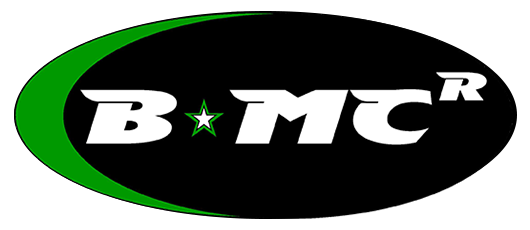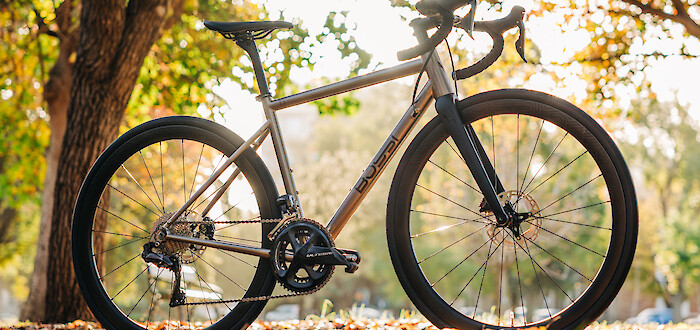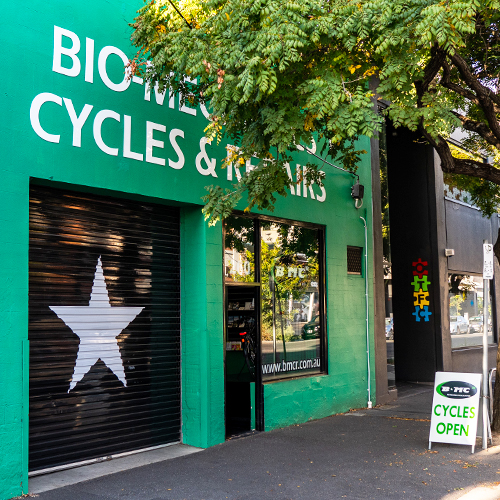BMCR's Guide To Buying A Cheap-Ass Bike


Should you buy a cheap bike? The ultimate guide
Not everyone needs a fancy bike. Not everyone wants a fancy bike. Sometimes you just want two wheels to get you from A to B, or something you can happily lock up out the front of uni or the pub.
Enter the cheap-ass bike. (Or cheap-arse, if you prefer the UK spelling. But we think 'ass' looks funnier.)
There are many, many cheap-ass bikes on the market -- assuming, of course, that you can actually find stock.
But how do you pick the right one? Well, BMCR is here to help you.
Why should you listen to us?
"Hang on," we hear you say. "You don't sell cheap-ass bikes. So why are you writing an article about how to buy one?"
We may not sell them, but we do work on them. And we have worked on a lot of them, so we know exactly what to look for and what to avoid.
In addition, because we don't sell these bikes, we have no skin in the game -- you're getting completely unbiased advice.
So get ready to learn from the mistakes of all those who came before you.
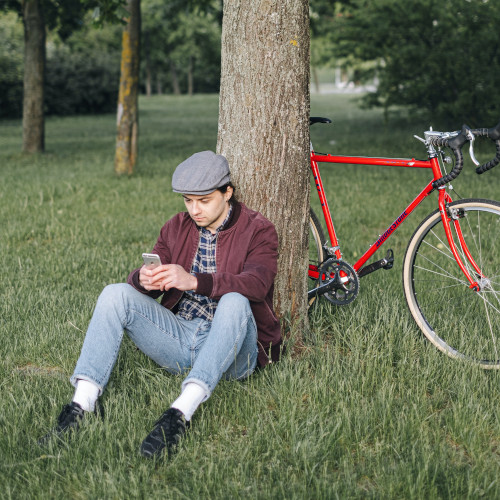
How much is a cheap bike?
For the purpose of this article, a cheap-ass bike is anything under $750.
If you're thinking $99 is a cheap bike, it's not; it's really more of a death trap. Put that $99 towards public transport (or saving towards a better bike).
What kind of bike do I need?
When it comes to cheap-ass bikes, hybrid models are your best bet.
What is a hybrid bike? It's basically an all-purpose cross between a mountain bike and a road bike. Even though it has attributes from both disciplines, however, it's not designed for road racing or smashing jumps.
A hybrid bike will get you to work, take you to the shops/pub/park, and let you chase after the kids. It will not get you a podium finish. And that's OK. That's not its job. And on that topic...
Do not buy a sub-$1000 road bike or mountain bike
The manufacturer will have cut too many corners to achieve that price-point.
A sub-$1000 road bike will basically be a hybrid, but with drop bars, no disc brakes and a cheaper drive train. Why will it be so crappy? Because the integrated shift/brake levers that road bikes use are expensive to manufacture, so those costs need to be recovered from other areas of the bike. For that style of use, flat bars are not only more comfortable but also offer better visibility of the road ahead as you'll be in a more upright position.
A sub-$1000 mountain bike will look like a regular mountain bike but will effectively be less functional than a hybrid, as the brand will have tried to cram in too many features while also cutting too many corners to keep the price this low.
If you want a dedicated road or mountain bike, spend $1500 at a minimum.

What should I spend my money on?
Although it's easy to get suckered in by a pretty paint job or comfy grips, put your money towards a bike with disc brakes.
Disc brakes are far better at doing their job (e.g. stopping, which is kinda important) than other kinds of brake systems. They will work in wet or dry conditions, unlike, say, rim brakes, where in a downpour you usually have to use the old technique known as 'squeeze and pray'.
If the brand you're looking at doesn't have disc brake options, check out other brands instead, even if you have to spend a little bit more. Disc brakes will pay for themselves time and again.
Trust us; when you're speeding down a hill with a heavy backpack on, you'll be very happy you've got 'em.

Do I need suspension on my bike?
In short, no.
Suspension not only adds unnecessary weight but also often doesn't work very well on bikes in this price-point. (See the note above about sub-$1000 road/mountain bikes.)
Don't listen to any salesperson who tells you that suspension will make your ride more comfortable. Save those dollars for something more useful. Like disc brakes.
What's the best cheap bike brand?
Here's another secret for you: when it comes to cheap bikes from mass-market brands, there's almost no difference between them. (We can already hear the keyboards being fired up over this one, but it's true.)
All large manufacturers create bikes to hit particular price points across the spectrum. At the lower end of the scale, there's not enough technology employed to give one brand a big advantage over the other. You're not going to get electronic gear shifting, whiz-bang suspension or high-end materials like titanium on any bike that's under $1000, and this is where a lot of the differences between components come in.
So forget pitting one brand against another. You're much better off working out which shop you want to deal with instead. Which brings us to the next point...
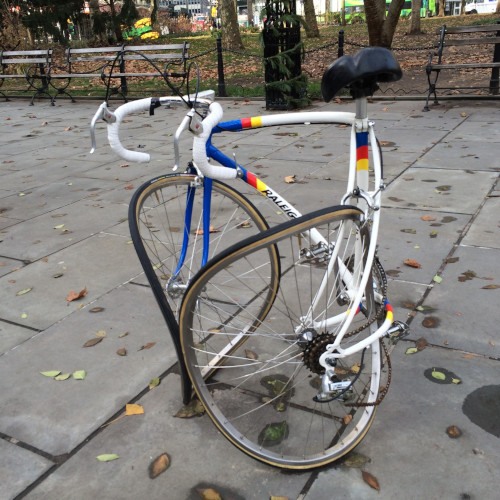
Where can I buy a cheap bike?
If you only take away one thing from this post, make it this: buy your bike from a shop that you feel comfortable dealing with.
We've all met bike shop staff who look at you like you've just crawled out of a swamp. You don't need those jerks.
Whether you're getting a $20K speed machine or a $500 cheap-ass bike, you're still buying a mode of transport/leisure/fun, and you're still spending hard-earned cash. If there are any problems with it, you want to feel comfortable going back to the place of purchase as they'll be the people handling any warranty issues.
Find a bike shop with staff who listen to you, and don't talk down to you.
Can I buy a cheap bike online?
When you buy from your local bike shop rather than a website, not only are you helping people stay employed, but you've also got warranty coverage. (Ever tried to ship a bike overseas?)
In addition, getting a cheap-ass bike from a bike shop means you've got a better chance of it being assembled properly. We have seen far too many home assembly jobs that are ready to kill their owners. Unless you have a lot of experience, don't risk it.

Are supermarket bikes OK?
There's only one thing to know about bikes from places like K-Mart or Target.
Don't bother.
Do.
Not.
Bother.
These are terrible bikes. They're usually assembled with less care than a Big Mac (and with far fewer safety checks), and it's rare if the brakes work. We won't touch 'em. If you value your teeth, you won't, either.

The test-ride question
Here's another reason to buy from a local bike shop: you want to make sure you can test-ride the bike you want. (If you're serious about buying it, that is. Don't just wander about test-riding stuff because you feel like it; this not only wastes other people's time but also contributes to wear and tear on shiny new bikes that people like you would like to purchase.)
Some bike shops have a no-test-ride policy, but it's tricky to get an idea of whether you're comfortable on a bike without being able to try it out. Find a shop who will let you give it a go, even just around the block.
Any final tips?
If you're wanting a bike for exercise or regular commuting, it's worth putting a bit of extra money into your purchase. You'll end up with a more comfortable bike, which will inspire you to ride it more.
It will also avoid the trap of buying an extremely cheap bike, finding that you quite like riding, and then realising you need to upgrade, which involves a second purchase. Better to do it right the first time around.
Now go forth and find the cheap-ass bike of your dreams!

Need something fixed on your cheap-ass bike? Get in touch!
